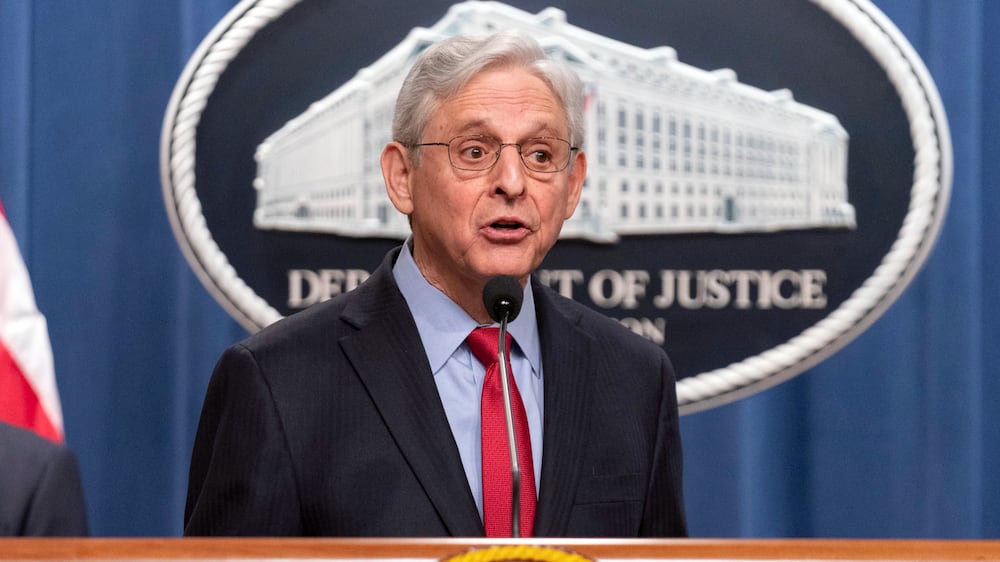Here we go again. As US elections near, politicking is becoming louder and more grating weekly.
The one big obsession currently spanning ideologies is attention-seeking politicians screeching to curb “big bad tech” and other gargantuan companies they deem too dominant.
Regulators posit endless supposed fixes. However, the reality is that patience is a virtue, as it solves this “dilemma” naturally.
With time, creative destruction, capitalism’s secret – near invisible – lifeblood, solves it beautifully. Always has, always will. Let me show you.
Current corporate political cravings centre chiefly on the overly big, deeming these too powerful, monopolistic (or oligopolistic) and, hence, that they supposedly must be regulated, fined, broken up or somehow defanged.
Developments in artificial intelligence, widespread tech platform adoption and other successes spur regulatory reactions such as the US Department of Justice’s lawsuit alleging that Apple holds a smartphone monopoly, the latest of myriad similar government attacks on hugeness.
Watch: US Justice Department takes Apple to court over 'monopoly'
US Justice Department takes Apple to court over 'monopoly

Pundits agree, arguing government is surely right to “fix” such huge, supposedly insurmountable problems. But this is wrong.
Whatever you think of Big Tech, government is not the solution. Creative destruction is. That is, the constant churn of new start-ups out-envisioning and replacing the old – capitalism’s self-regulatory feature.
Consider this: Hugeness creates huge honey-pot-like profits. As a company grows into a societal Goliath, new, seemingly, crazy entrepreneurs see opportunity.
The old fat hunters become the hunted. New innovators emerge, rise and overthrow old titans, who cannot adapt or innovate fast enough. It can take 10, 20 years – rarely more. But the cycle repeats … always. It is a saga I have watched for 50-plus years and always known. Dominance is not a permanent feature.
Consider the top 20 global companies by market capitalisation in 1970, 1990, 2010 and now.
By 1990, only seven of 1970’s top companies remained in the top 20. By 2020? Just four. Now? None.
What happened? Entrepreneurial innovation. Eastman Kodak, Polaroid, Sears Roebuck, US Steel, Xerox – decimated. AT&T, DuPont, General Electric, General Motors, IBM, ITT – whittled down to second or third-tier status.
How? By new entrepreneurial entrants eating their lunches. They did not need government “fixes” as it happened naturally. (Only the biggest oils remain high up – you cannot escape oil.)
Mini-computer companies toppled IBM. PCs toppled minicomputer companies. Smartphones toppled Kodak and Polaroid. Amazon, Target and Walmart toppled Sears. Continuous casting toppled US Steel. Everybody toppled Xerox.
Today’s giants will not be giants in 20 years' time. Who will topple them? No one can ever foresee that well, but it’s always the seemingly crazy entrepreneurs attempting the seemingly impossible.
Yes, creative destruction causes businesses failures and that spurs angst.
But longer term, failure benefits everyone by freeing capital and allowing dynamic, new upstarts to provide world-better products and services, creating better jobs, higher pay and more stimulating tasks for workers – while slaying or hobbling the behemoths.
Businesses failing provides us with information, showing what works, what doesn’t and what must be improved. It is vital. Barring failure or inducing it governmentally muddles those messages. We need them.
Consider today’s top 20 global companies: Only five were on the list in 2010. Fifteen new businesses reached the top 20 in only 14 years. Just two of today’s top 20 were on the 1990 list – none from 1970. Creative destruction via the profit motive reigns over us all, far better than politicos.
What is the flipside?
Countries disallowing material creative destruction, such as Japan, suffer its infamous “zombie companies”, trudging along on financial life support for decades.
They anaemically earn enough to service debt and pay wages, but not enough to invest successfully in creative new initiatives.
They cannot lead, yet siphon, capital away from would-be challengers, often because their banks and other subsidiaries in their complex web of cross-shareholdings effectively subsidise them.
Many would have disappeared decades ago without artificially low interest rates.
Many cheer this for their stable employment, but they miss the bigger picture: Japan’s lack of creative destruction contributed to a lagging, non-dynamic economy.
Since 1994 – early on in Japan’s economic “Lost Decade” – Japanese gross domestic product grew by a mere 0.7 per cent annualised through to 2023.
Meanwhile, US GDP grew by 2.4 per cent annualised. Stocks? Japan’s rose 152 per cent over that span. America’s S&P 500 delivered a massive 1,694 per cent in total returns. Which is better?
Government meddling in all this creates unintended consequences.
Consider the EU’s many and varied lawsuits, fines and attempts to cobble Big Tech for alleged excesses.
Many cheer stupidly. Consider the effects: Europe’s technology sector is tiny. Instead, decry the lost competitiveness as old-line sectors lag.
Unsurprisingly, only three of the world’s 50 largest tech businesses are eurozone-based, compared with 36 in the US. You reap what you sow.
No, I am not urging some Wild West scenario of no regulation.
Government should play a key role in enforcing property rights – crucially underpinning investor confidence and risk-taking ability.
Clear guidelines and safety rules are super beneficial. But with regulating “market dominance”, creative destruction works best, bar none. Always has; always will. When it reigns, it doesn’t "poor", it enriches.
Ken Fisher is the founder, executive chairman and co-chief investment officer of Fisher Investments, a global investment adviser with $250 billion of assets under management






